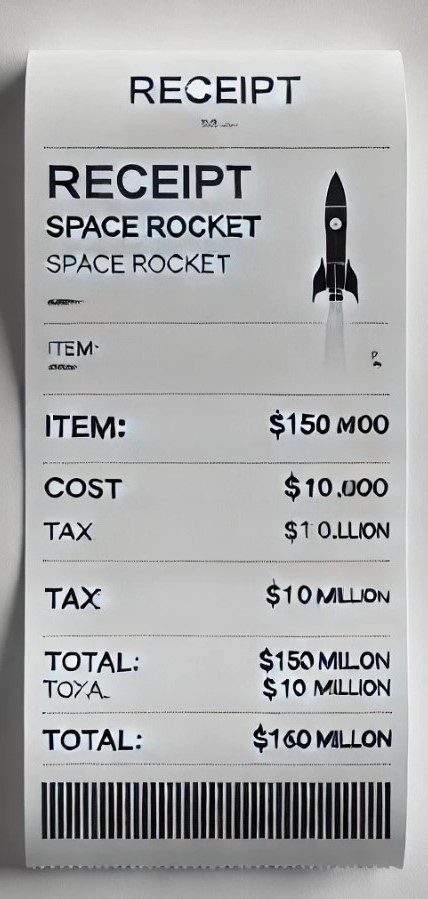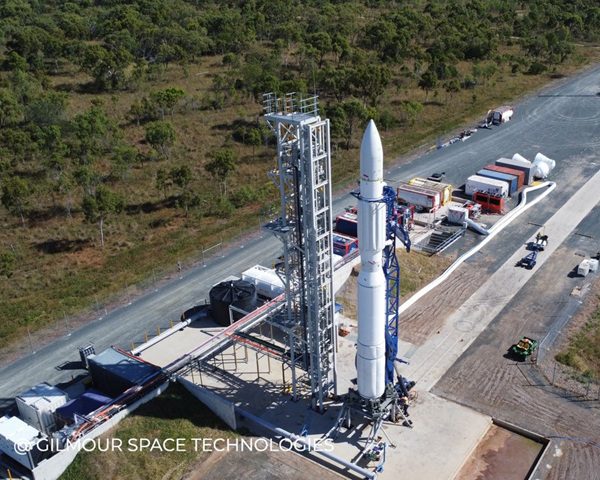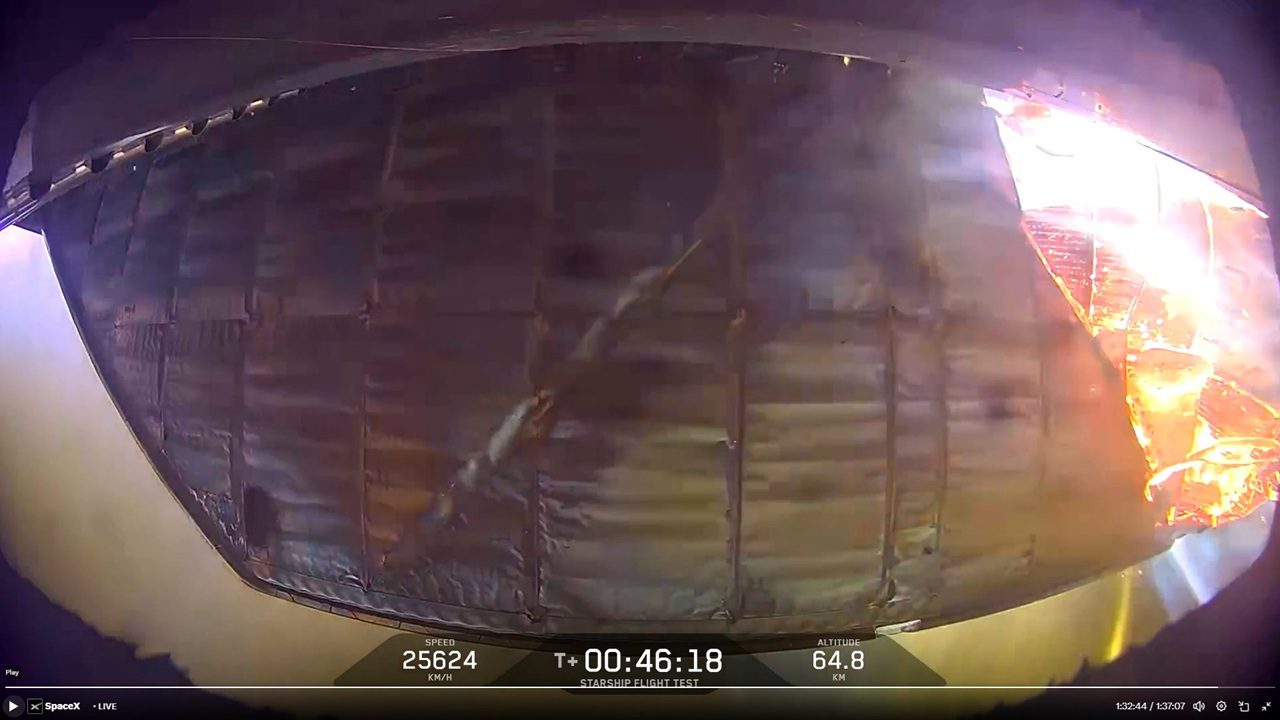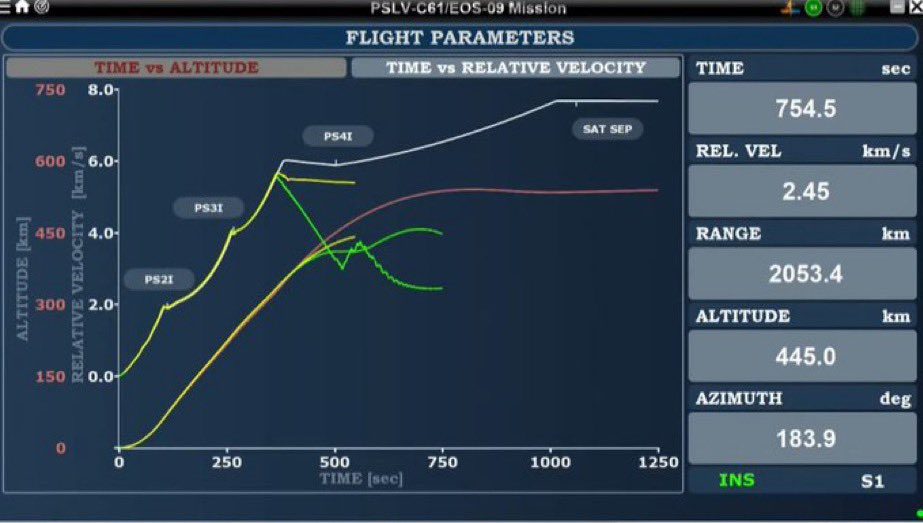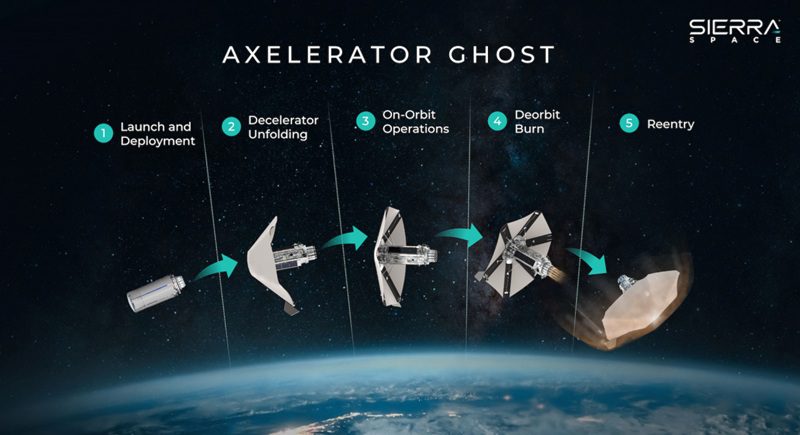While Spaceport America announced an update to its website yesterday I have been following the progress of Spaceport Sweden, launched in Janary 2007 with all the fanfare that Virgin Galactic could help to muster
credit: Spaceport SwedenAn investigation into the national legislative needs of Spaceport Sweden has concluded that Virgin Galactic’s SpaceShipTwo (SS2) could be treated like a sounding rocket
Spaceport Sweden is waiting to hear from its government’s Ministry of Commerce as to whether existing domestic aviation and sounding rocket law are sufficient to allow Virgin Galactic to operate
By the year end the Swedish Space Corporation (SSC) expects to have a decision from the Ministry, whose government faces an election within the next two years
The SSC is hoping the Ministry will agree that existing law will be acceptable as new laws represent a tough challenge when the government itself could change in 2010, putting an in-service date early in the next decade for SS2 at risk
The SSC concluded that the intra-atmospheric portion of the flight could be dealt with under aviation rules and the “space” part could use sounding rocket law passed in 1964, which predates the country’s 1982 space law that incorporates the Outer Space Treaty but deliberately does not include sounding rockets because of the 1964 act
The SSC’s study and conclusions has been influenced by the European Centre for Space Law’s Professor Franz von der Dunk
The SSC work examined the status of space law in Europe and found that there was nothing comparable with the US Federal Aviation Administration’s office of commercial space transportation and that Europe’s European Aviation Safety Agency only focuses on aviation. The SSC is not confident a European effort to create an EASA office of commercial space transportation could be created in time for its plans for Spaceport Sweden
In related work, a Katarina Axelsson carried out a study for the spaceport that is called, in English, “Effects on suborbital spaceflights”. I am still working to obtain details about this study’s progress

